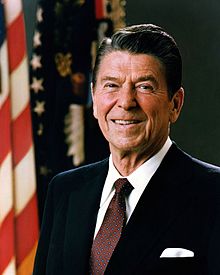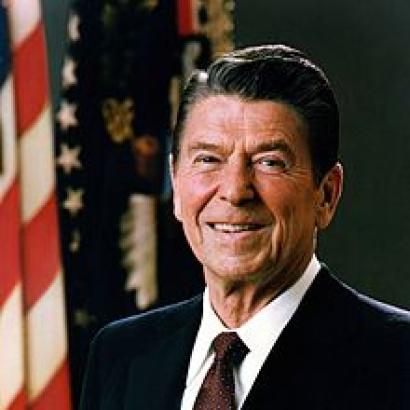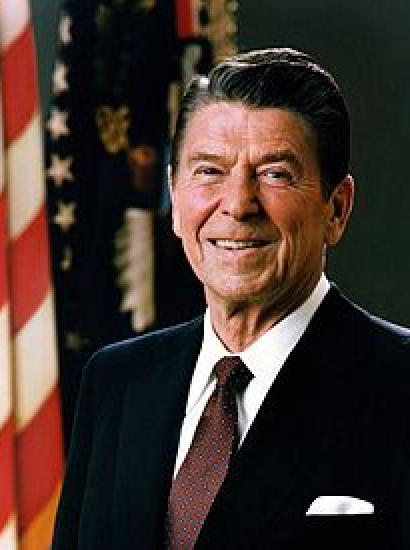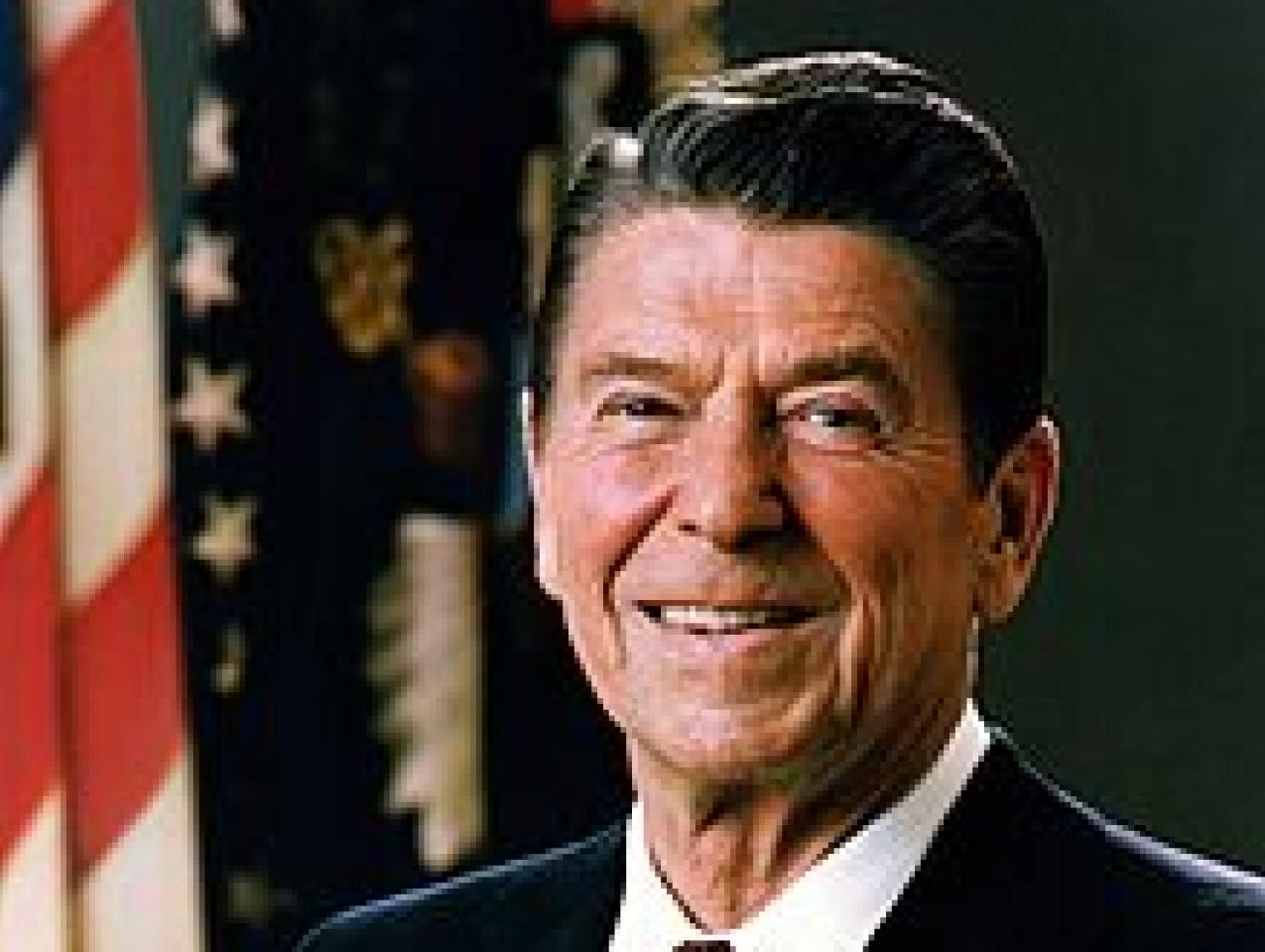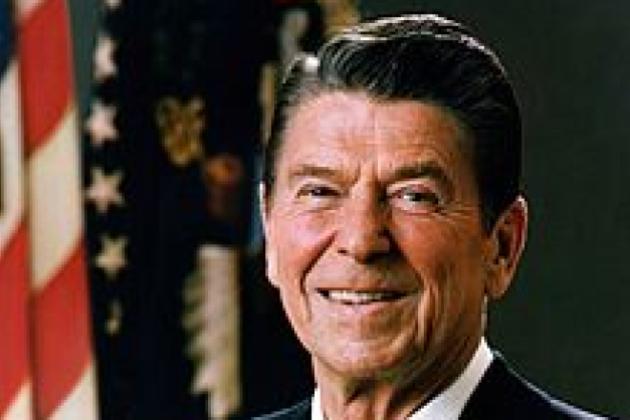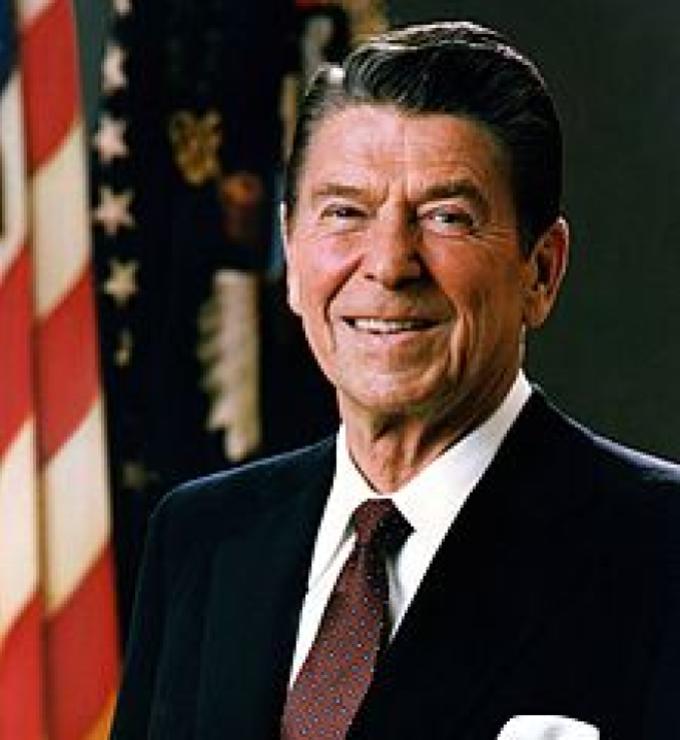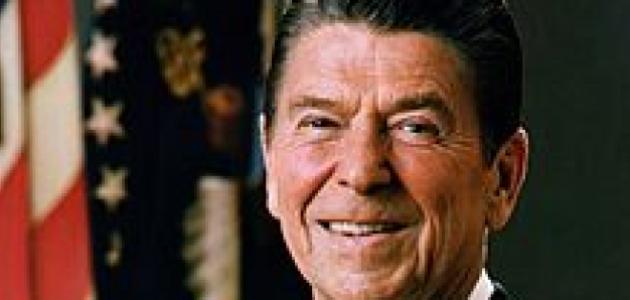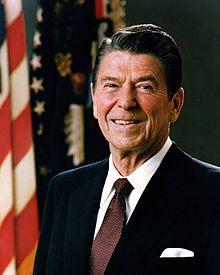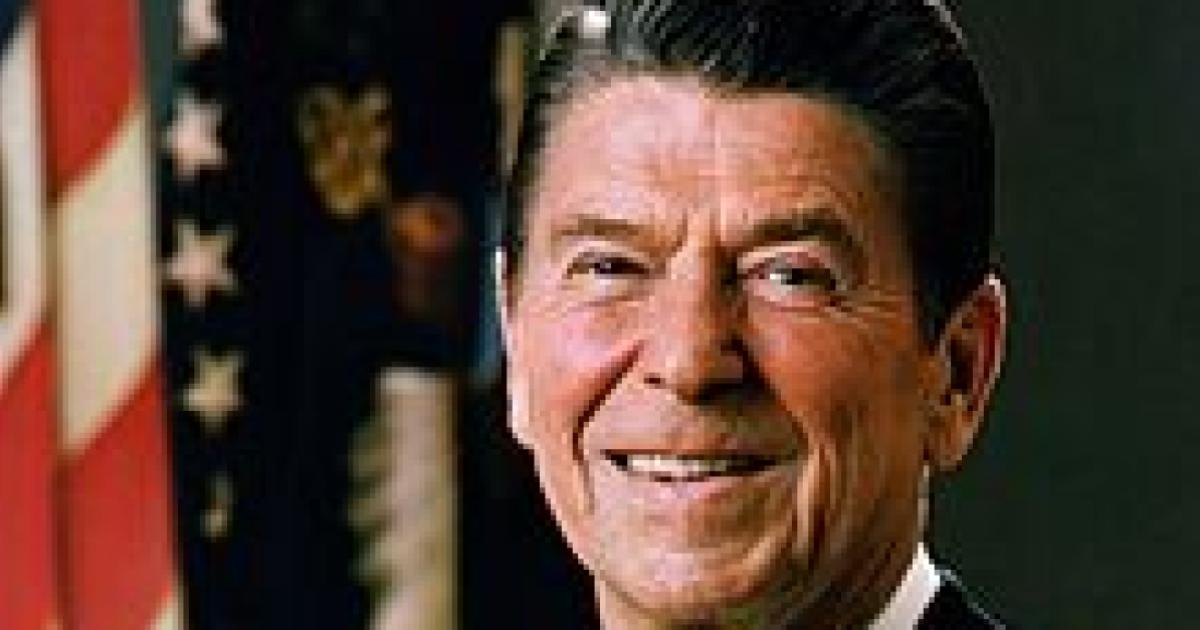As we celebrate what would have been President Reagan’s 104th birthday on February 6, it is worth reflecting on one of his greatest achievements: persuading the Soviets to reduce their nuclear arsenals and end the Cold War.
By the time President Reagan took office in 1981, the Soviets, rebounding sharply from the humiliation of the Cuban missile crisis, had created the most formidable strategic war machine the world had ever seen. The US, by contrast, had spent the late 1970s reeling from the shock of its loss in Southeast Asia and in domestic political and cultural turmoil. Soviet power was on the march everywhere, in locales such as Afghanistan and strategically in the systematic expansion of long-range bombers, missiles on submarines, and land-based intercontinental ballistic missiles (ICBMs).
Reagan had long been concerned that declining U.S. military capabilities, especially the capability to respond to a nuclear attack, were tempting the Soviets to consider a first strike. He was convinced that a nuclear war’s outcome would be mutual destruction, but he was not sure the Soviets thought so. With the aid of a handful of capable appointees in key national security positions and the support of Congress, he pursued an unflinching strategy-driven budget—and a corresponding unwavering foreign policy, one that was crucial in marshaling some of the then-timorous members of the Western Alliance.
The remarkably swift and highly focused build-up of US strategic military power was comparable only to the surges led by Franklin Roosevelt in the late 1930s and early 1940s in response to the imminent Nazi threat and by Dwight Eisenhower in the early-to-mid 1950s, as the US awoke to the threats posed by Soviet power in the aftermath of the Korean War and the conscription of Central and Eastern Europe into the Warsaw Pact.
The Reagan defense buildup included funds for manpower and readiness, but was especially focused on offensive strategic power: Pershing II missiles, the B-2 stealth bomber, D5 missiles for submarines, and MX Peacekeeper missiles. One specific target of the MX was Soviet civilian and military leadership: they would not survive the US response to a nuclear attack, in spite of their elaborate and expensive provisions for ensuring their own survival. Reagan personally oversaw all of this, as we now know from his handwritten diaries and the largely declassified transcripts of the meetings of his National Security Council.
The new US strategic offensive military capabilities were individually formidable and staggering in their aggregate lethality, owing to the large number of warheads and the extreme precision with which each of them could be reliably delivered to targets. But their purpose, as Reagan often said, was to bring the Soviets to the bargaining table.
Of course, it was Reagan’s Strategic Defense Initiative—the SDI—which most seized the imaginations of both the Western Alliance and the Warsaw Pact. Even though its outputs weren’t slated to come into effective existence for years and perhaps decades, it was boldly aimed at rendering all types of ballistic missile offensive systems impotent and obsolete—thus making irrelevant the titanic Soviet investment in these systems and drastically altering the balance of strategic military power indefinitely into the future.
The combined impact of these developments induced the Soviet leadership to essentially ask the US for terms for the cessation of the long political-military confrontation, without a shot being fired. In 1987 Mikhail Gorbachev agreed to negotiate the removal of the fleet of Soviet intermediate-range ballistic missiles targeted on Western Europe (and the later-deployed NATO counterparts) without the intensively-sought-after condition that the US abandon its SDI program, and negotiations regarding ICBMs (START I) continued.
The requested terms were granted quite graciously by Reagan and his successor, George H.W. Bush—especially as the Soviet empire was even then showing unmistakable signs of terminal stress. Reagan and Bush had the pleasure of seeing the first-ever freely elected President of Russia, Boris Yeltsin, propose to the United Nations Security Council in January 1992 the replacement of the four-decade-long “balance of terror” with a defense-dominated strategic world in which high-potency defensive systems against nuclear attacks--"a global defense system for the world community"-- would be jointly created and operated by the major powers in order to robustly preserve the large-scale peace: the Reagan dream come true.
Russian and American negotiators worked throughout 1992 to elaborate and formalize these arrangements and, in the Vancouver Summit of June 1993, the Russian government asked the new Clinton administration to resume these negotiations. But this appeal came to naught: the new US administration deliberately abandoned extensive Defense Department plans to commence deployment of the first major segment of the Reagan-Bush SDI in 1996. The strategic outlooks and postures of the two nuclear superpowers then drifted, first slowly and then with increasing speed, back toward the status quo ante, as Yeltsin was replaced by Vladimir Putin at the close of the century.
The lessons for our present era seem clear. The US passivity of the 1970s after the retreat from Southeast Asia created a historic power vacuum that was readily and quickly filled by an opportunistic Soviet Union, while the implementation of Reagan's world view rolled back Soviet power bloodlessly in a single decade. Some may discern the first sorry part of this history being recapitulated today.
To be sure, the world has evolved markedly in many ways since the dissolution of the Soviet Union and its empire, but the geopolitical fundamentals are little changed. The Western Alliance and its constituents are still incredibly rich, infrastructure-intensive, well-educated, populous, philosophically coherent and militarily potent, and far more capable than any possible “correlation of forces” which could conceivably be arrayed against them from any direction.
With the right policies, Reagan’s vision of a world safe from long-range missile-delivered nuclear weapons may still become a reality.
Annelise Anderson, a Hoover Institution fellow, and her late husband, Martin Anderson, a former Hoover fellow, are the authors of Ronald Reagan: Decisions of Greatness, published February 1 by the Hoover Institution Press. Lowell Wood, an expert on strategic systems and retired Hoover Institution fellow, contributed an essay to this book.







